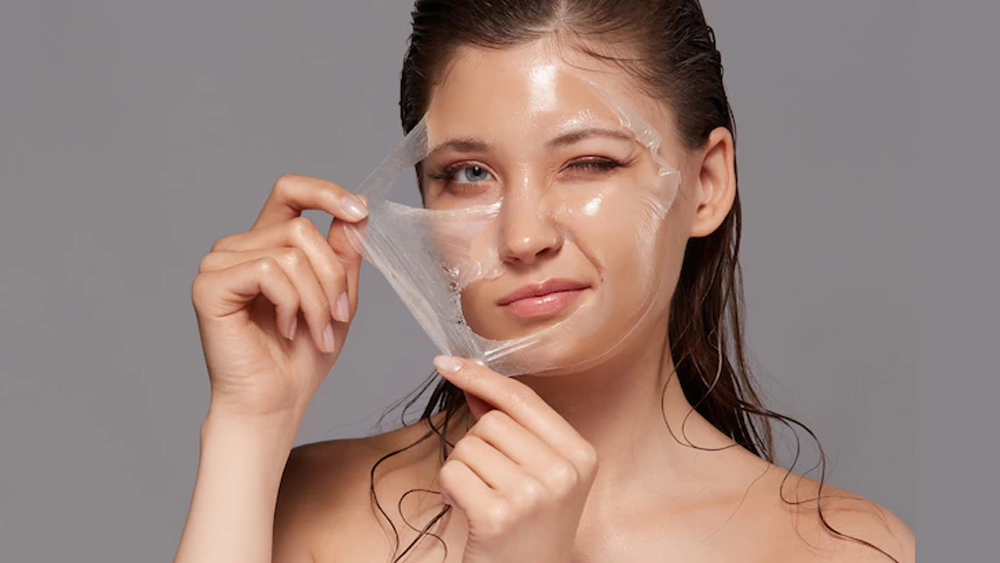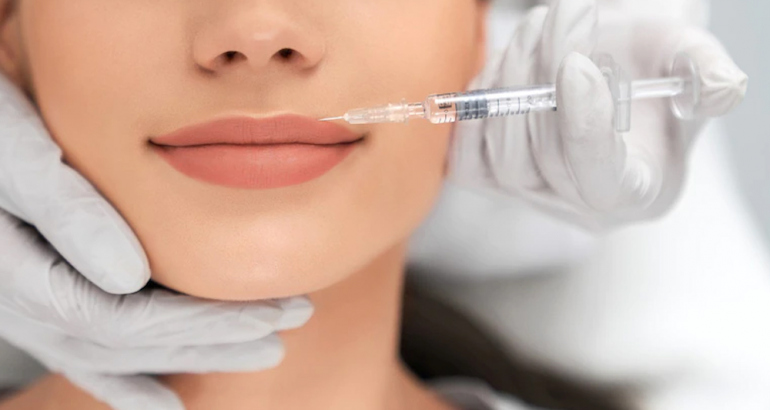Chemical Peel works by relaxing damaged skin cells, causing them to slough off gently. The depth to which CP penetrates the skin, as well as the type of chemical solution employed, determine how effective it is. The type of acid used, the percentage concentration of the acid, and the number of applications applied are all factors that influence how deep a chemical peel penetrates.
Chemical peels that are deeper in depth produce more spectacular results, but they also come with higher hazards. This emphasises the significance of having your chemical peel done by a board-certified Dermatologist.
Chemical peels are used to treat acne, acne scarring, uneven skin colour (melasma, post-inflammatory hyperpigmentation, and sun spots), sun damage, skin laxity, fine lines, and wrinkles, as well as sun damage, skin laxity, fine lines, and wrinkles. As a result, dermatologists frequently state, “Peeling is healing.”
As new skin drenched in fresh collagen and elastin replaces older, damaged skin, chemical peels make your skin look more rejuvenated, clear, and youthful.
Conditions treated with chemical peel
- Acne, acne marks and acne scars
- Pigmentation, melasma and other blemishes
- Dark pigmentation
- Under-eye dark circles
- Tanning
- Fine wrinkles
- Sun spots
- Keratosis pilaris



